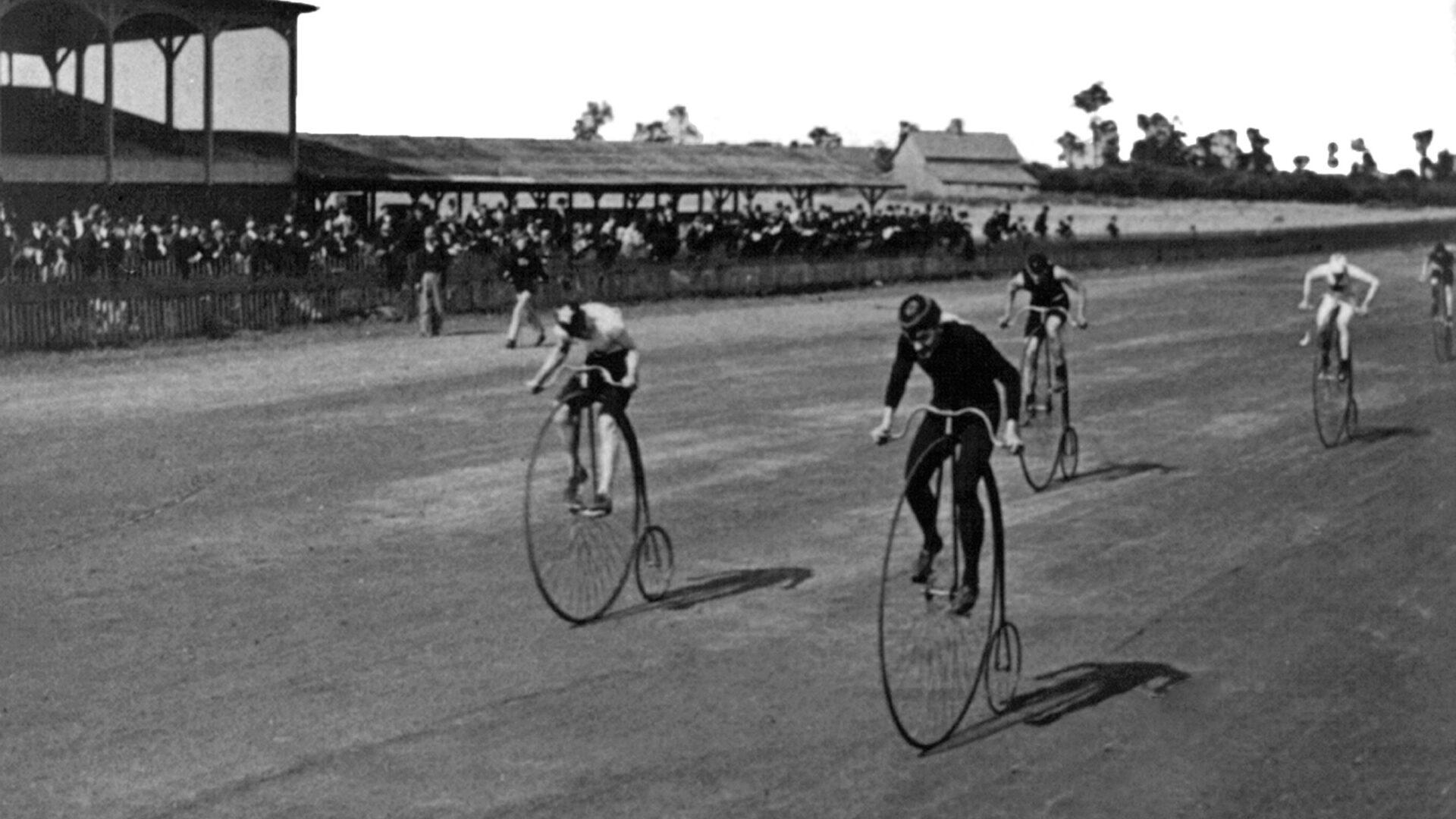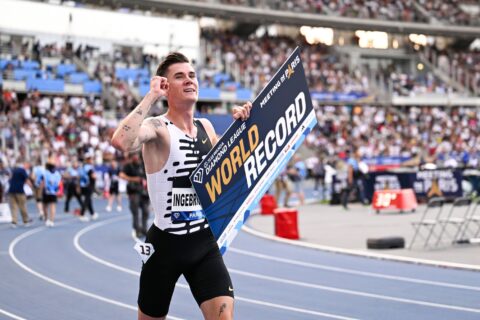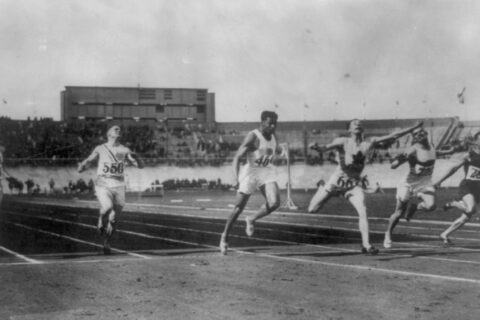What constitutes best practice in endurance training? Does such a thing exist in the coaching profession? It certainly is not stipulated by a governing body as in some professions. So how do you proceed doing what is best for your clients? For coaches this can be difficult to clearly define when we are amid the “best” methodology while it’s still being fleshed out. It’s much easier to do this in retrospect.
I’ll come back to these “best” questions later after we’ve examined some historic examples of best practices in training to establish a better understanding of the concept and to set some reference points. But first let’s get a bit deeper into understanding the “best” concept.
The principle of individuality
There are some professional fields, such as healthcare and accounting, in which best practices are required of professionals as variation can lead to confusion, expulsion from the profession, or even lawsuits. These are rare occurrences in coaching as there is a lot of room for how you coach an athlete. While we may have a few basic methodologies that are commonly accepted throughout the profession (having mostly to do with safety) there is great latitude for non-standard ways of doing things.
In sport we are fond of pointing out the principle of individuality: not all athletes respond in the same way to a given training method. There is no “one-size-fits-all” way of training for a given event. Does that mean you can do whatever you want? Perhaps. But there is a risk in doing this.
It is important to understand that best practices in endurance training, as in all professions, evolve over time. And even though there may be commonly accepted guidelines for best practices, we can expect them to change as better ways are discovered.
RELATED: What Is a Biopsychosocial Approach to Coaching?
This evolution in methodology often comes from those who ask questions and look at things in different ways and who also have a strong voice in the profession. Science and technology can also account for such changes. Where the “rubber meets the road,” best practices may also be closely related to the unique characteristics of the coach and athlete—back to the principle of individuality.
Training for running and cycling in the 20th century
Best practices in endurance training have, with some exceptions, shifted somewhat every 10–20 years since the early 1900s, depending on the sport, based mostly on the influence of successful athletes and coaches. In the big picture, the primary variables in these shifts come down to varying emphases on intensity and duration. There has also been a movement toward periodized or seasonally planned training protocols.
Cycling stands out as an exception to this rule, particularly in the early 20th century when best practice consisted of riding lots of miles and racing frequently. At the other end of the spectrum is running, which has enjoyed a rich history of changing up its training methods rather frequently.
The differences between cycling and running may be connected to the available methods of measuring duration and, especially, intensity in the two sports. In cycling, prior to the inventions of the heart rate monitor in 1977 and the power meter in 1987, there was essentially nothing to measure other than distance covered or workout duration in a week of training rides along with, of course, race results. There were crude speedometers for cycling but variables such as drafting, terrain, weather, and altitude made these of little value in measuring training intensity, but odometers of the day could somewhat accurately measure distance.
It was well established through trial and error early in the 20th century that putting in lots of saddle time produced solid race results. So that, along with frequent racing to gauge progress, became the focus of training. Running, on the other hand, has been much more focused on measuring intensity for the last 100 years.
By the 1980s, in cycling this very lax way of defining training started to change as coaches and riders began prioritizing weekly workouts based on some mix of hard (intensity emphasis) and easy (duration emphasis) days. This is about the same time that U.S. cyclists and pro teams were gaining traction in on the European race circuit.
In the 1980s, American cyclists came to Europe with unique ways of training. And their almost immediate racing success eventually led to Europeans adopting American ways of training. These changes in U.S. cycling may be credited to coach Eddie Borysewicz and professional rider Greg LeMond. Other Americans who were influential about this same time were Davis Phinney and Connie Carpenter.
In running, timed and uniform-distance track workouts had long-existed as a training staple. Of course, the invention of the heart rate monitor and, later, speed and distance devices (1986), and even power meters for runners (2013), made performance measurement on the road viable markers of training and measures of fitness and performance progress. The 400m/quarter-mile track was no longer a necessity for measuring readiness.
Let’s take a closer look at some of the changes that have occurred in training for cycling and running over the past century and up to the present day. Then, once we have a deeper understanding of the topic, we’ll take a stab at identifying what the current best practices in endurance training are.





